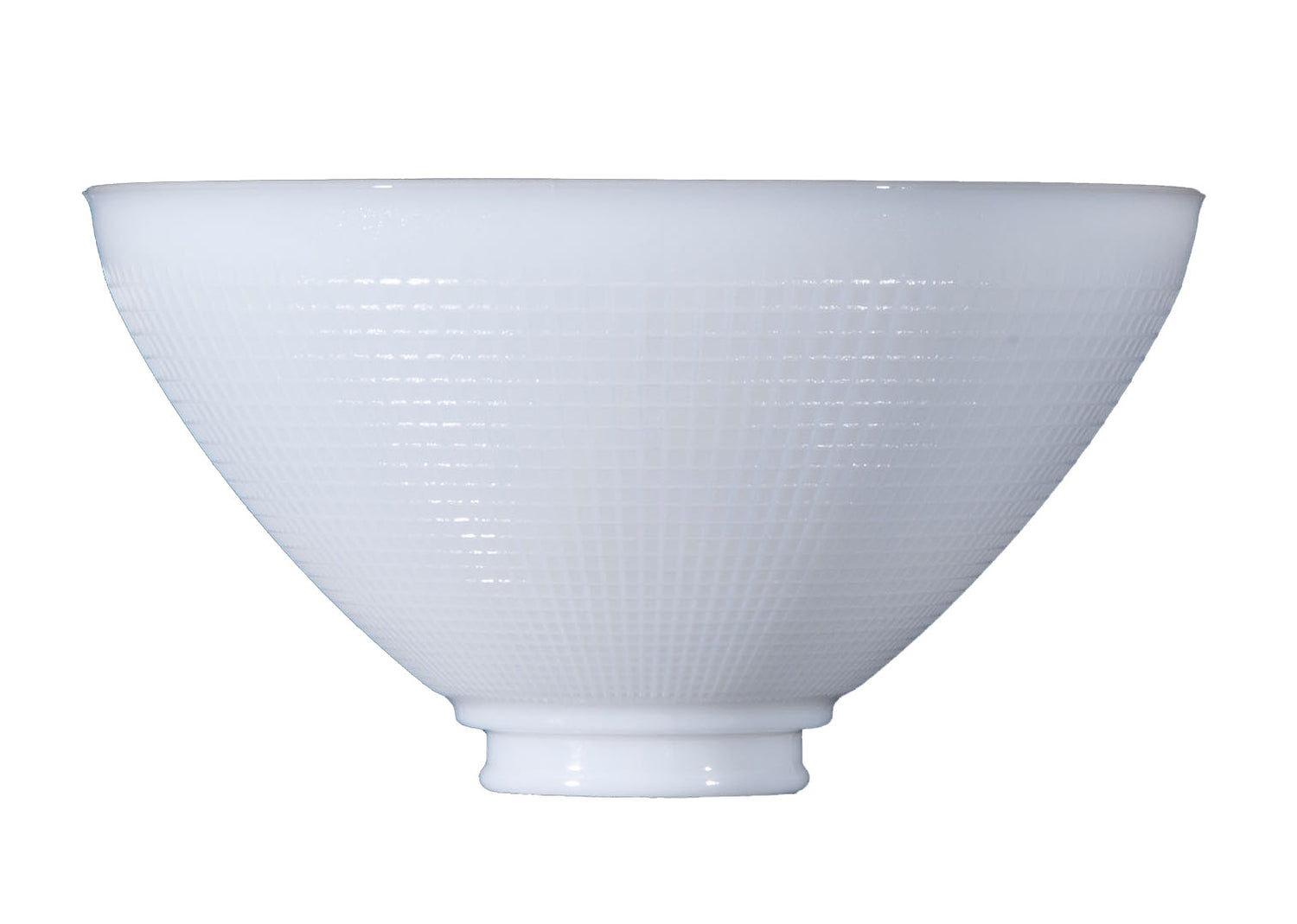How To Replace A Socket
There is nothing worse than an old or faulty light socket that prevents you from illuminating a room. Luckily, replacing an old light socket is relatively inexpensive and simple to do on your own. The socket of a lamp is used to provide an electrical connection and support the light fixture. These components are easy and safe to replace. Throughout America and Europe, the most common type of lamp socket used is what's known as the Edison screw base, which is a threaded metal base that screws into the matching threaded socket of a light fixture. If a bulb is powered by an alternating current (AC), the thread is connected to neutral and the contact on the bottom tip of the base is connected to the hot phase. If you replace the socket in your old light fixture and it still won't function properly, there is a chance that the electrical socket you use to power the lamp requires maintenance or replacement. An electrical socket is a device that is used to draw an electrical supply and power electrical equipment. We took the liberty of creating two comprehensive guides to help you along in troubleshooting common problems in the pursuit of light.
How to Replace an Old Light Socket
You will need a replacement socket of the same wattage and style as the existing socket of your candelabra or lamp. You will also need screwdrivers, wire strippers, a tester, pliers, and, depending on the height of the light fixture, a ladder.
- Troubleshoot the light bulb to first determine whether the problem lies with the bulb, socket, or wiring.
- Turn the power to the circuit you will be working on by accessing the electrical breaker or fuse panel. Take the bulb out of the socket and restore power. Test by using a non-contact voltage tester to see whether the socket has power. If there is no power, turn the power off again before proceeding.
- Remove the globe of your light fixture. The globe of a light bulb is usually held up by internal clips or screwed to the outer ring of the fixture. Hold the bulb in one hand while loosening the screw with the other and set it aside.
- Unscrew the two bracket screws that are located toward the center, so you can remove the fixture from its mounting bracket. Twist the fixture until the fixture's screw head can pass through the larger hole of the screw slots.
- Twist the wire nuts counterclockwise and remove them from the wire. Separate the wires and disconnect the ground wire, if applicable. Set the fixture aside. Pull the wires from the socket through the hole so that the socket can be removed.
- Remove the bulb from the socket and use a Phillips screwdriver to remove the socket from the fixture. Split the socket apart by hand or using a letter opener. Look inside to locate the Phillips screw and loosen it while holding the retaining nut. Once the screw is removed, carefully tip the socket into your other hand and retain the socket screw. Discard the old socket and reach for the replacement.
- Install the new socket by tightening the screw you just removed, but not too tight or you could break the socket. Feed the wires back into the fixture. Find the maximum wattage that's posted on the side of the new socket and install the appropriate bulb.
- With the fixture in place, reconnect the wires using one wire nut per color. Realign the larger mounting slot of the fixture with the mounting bracket screws. Push the screws through the holes and twist to prevent the light fixture from falling. Tighten all screws and double check that no wires are protruding from the base.
- Clean and reinstall the globe by tightening all screws, replacing the retaining nut, or pressing it up into the clips.
- Turn the power back on again and test in your electrical panel. If the light turns on, the replacement is successful.
How to Replace an Electrical Socket
Socket replacements are typically non-notifiable, making it unnecessary to have the work carried out by a qualified electrician. There are two primary types of electrical sockets: GFCI and AFCI. These electrical outlets are easy to identify, and your home may contain a combination of the two. If at any point you feel uncomfortable or unsafe working with electricity, we recommend seeking the professional advice and services of a qualified electrician.
- Before carrying out any electrical work, you must verify that the main supply of electricity is turned off at the socket you need to replace.
- Unscrew the retaining screws in order to release the socket from the mounting box.
- Gently ease the socket forward to reveal the wiring found within the outlet.
- You will find one of three wiring configurations: a single cable connected at the socket with one wire of each color, two cables connected at the socket with two wires of each color, or three cables connected at the socket with three wires of each color. Regardless of configuration, unscrew the terminal screws to release all the wires. Brown wires are live, blue wires are neutral, and green or yellow wires are grounding.
- Position the new socket and note where each terminal is located.
- Insert the neutral wire into the neutral terminal, live wire to the live terminal, and grounding wire to the earth terminal.
- Ensure that only bare wire touches the terminal and that none of it is visible once it has been inserted. Securely tighten all screws onto the copper cable cores.
- Gently press the socket back into place over the mounting box. Be careful not to trap any wires between the socket and the wall.
- Fix the socket in place with retaining screws, but do not overtighten. Use a spirit level to check whether the socket is level.
- Restore power to the socket that has been replaced and test the electrical connection.

